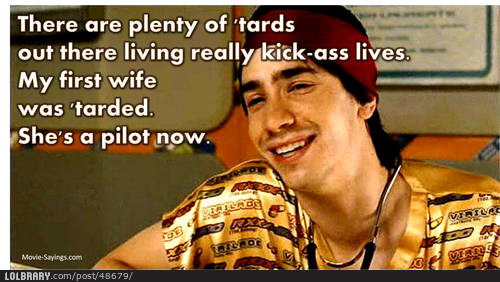dutemplar
Forum Captain
- 328
- 204
- 43
Written by a former Atlanta paramedic, who is now a staff writer...
I think he went a little too Hollywood...
https://www.washingtonpost.com/post...shootings-they-should/?utm_term=.5e6120321d0c
I think he went a little too Hollywood...
https://www.washingtonpost.com/post...shootings-they-should/?utm_term=.5e6120321d0c

